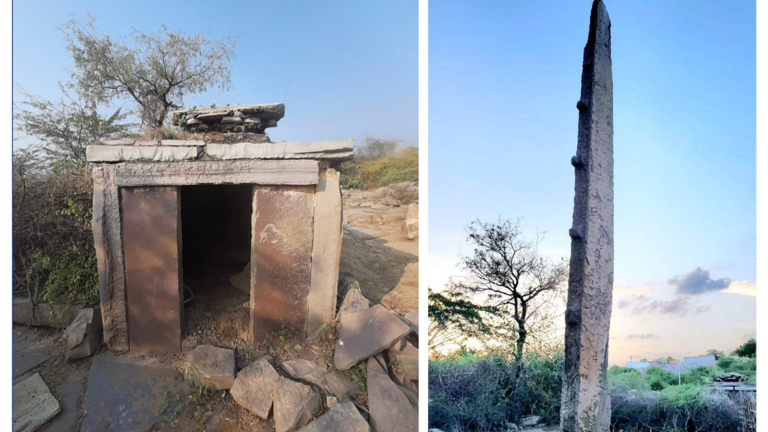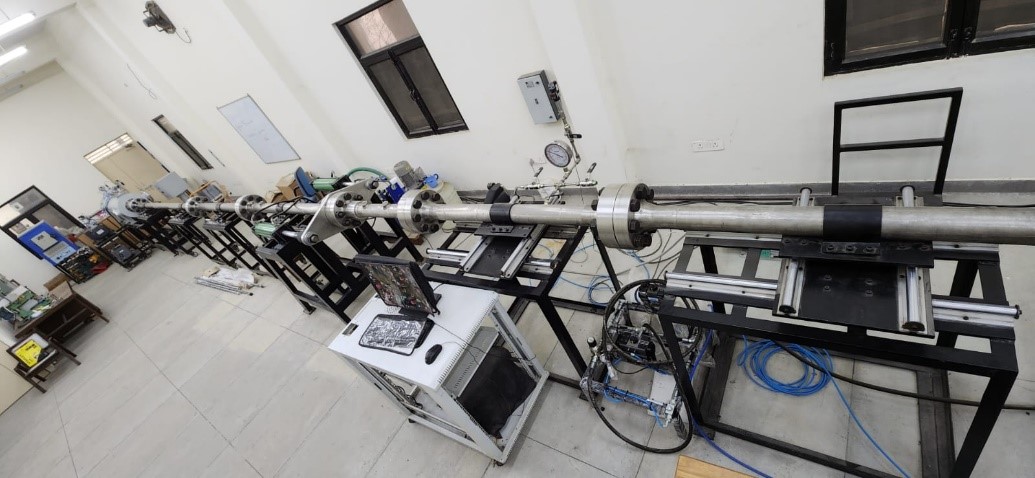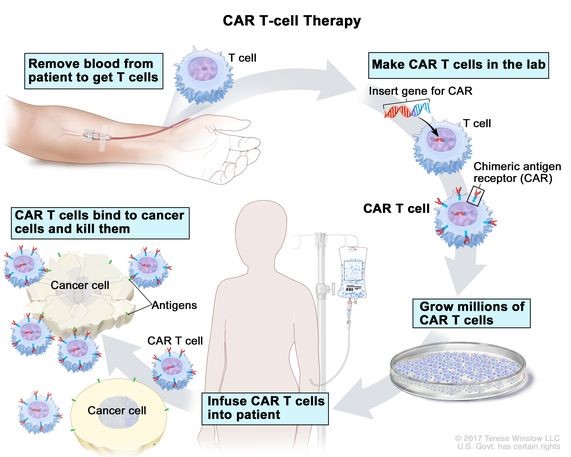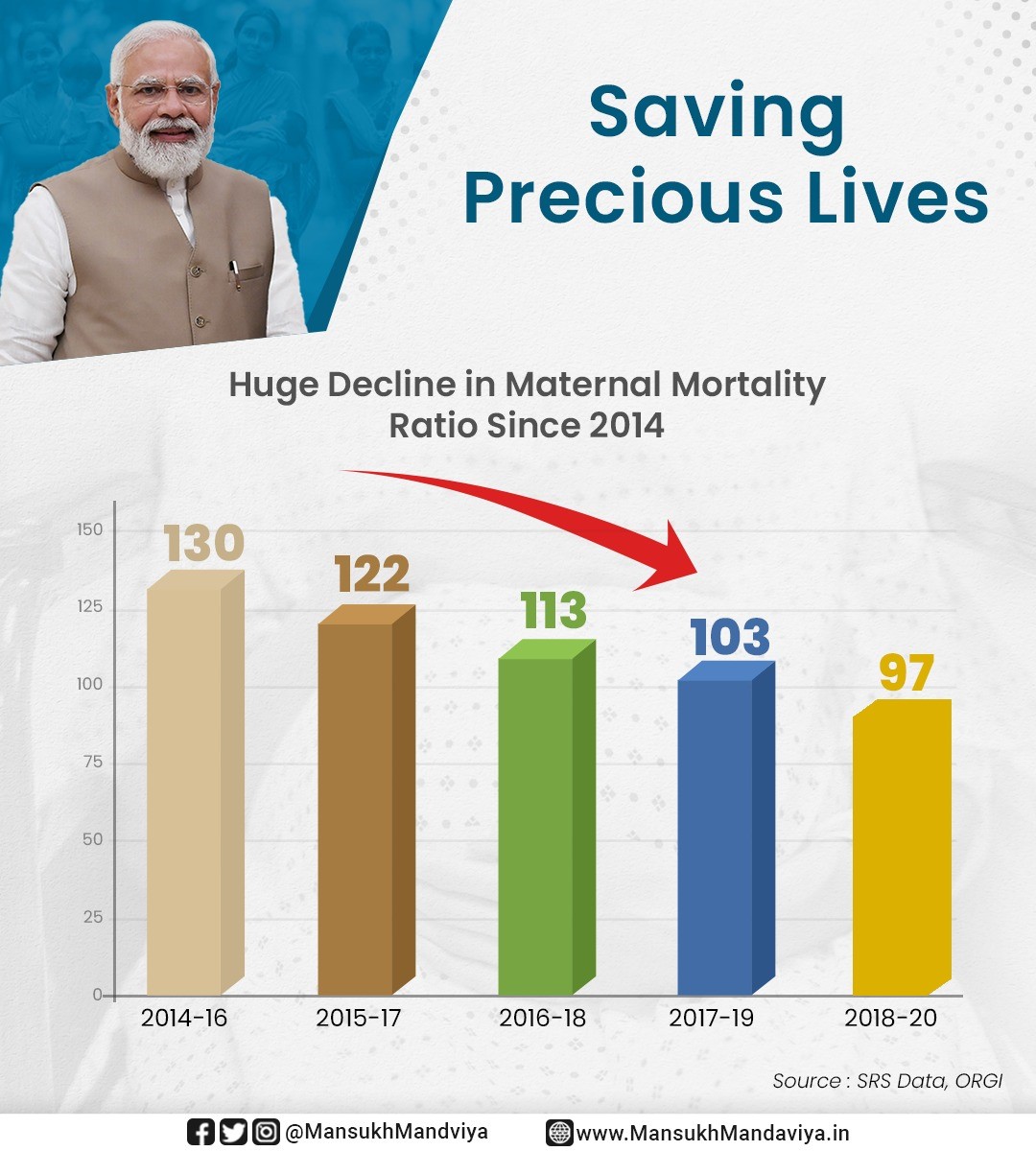1. India-China Bilateral Trade Hit a new record in 2023: Chinese Envoy
Introduction:
In 2023, bilateral trade between India and China reached an unprecedented $136.2 billion, representing a modest 1.5% year-on-year increase.
This surge in trade underscores the intricate economic relationship between the two nations. The discussion surrounding this development is imperative for several reasons.
Trade Deficit Concerns:
- India has long been troubled by a significant trade deficit vis-à-vis China, surpassing $100 billion in 2022.
- Addressing this deficit remains a pivotal objective for India’s economic policymakers.
Diplomatic Vacancies:
The prolonged absence of a Chinese Ambassador in Delhi for over 16 months, coupled with the absence of direct flights between the two countries, underscores enduring diplomatic challenges that require attention and resolution.
Panchsheel Agreement Anniversary:
The imminent commemoration of the 70th anniversary of the India-China Panchsheel Agreement serves as a poignant reminder of the necessity for peaceful coexistence and adherence to established international norms, shaping the bilateral relations between the two nations.
India-China Bilateral Trade Overview:
- China stands prominently as India’s largest trading partner, facilitating substantial exchanges across various commodities.
- Notably, India’s major imports from China include electronic equipment, machinery, organic chemicals, and iron and steel, while exports to China encompass commodities such as cotton, gems, copper, ores, organic chemicals, and machinery.
Recent Measures to Curb Imports from China:
- Recent initiatives, including boycotts by Indian businesses and the enforcement of country-of-origin labeling for online products by the government, highlight efforts to reduce dependence on Chinese imports.
- Additionally, the Indian government’s ban on several Chinese mobile applications, citing concerns related to national security and data privacy, reflects proactive measures to safeguard domestic interests.
Challenges and Implications of Complete Boycott:
- While complete boycotts of Chinese imports are advocated by some sectors, their feasibility remains questionable due to potential adverse impacts on Indian consumers, producers, and exporters.
- The pharmaceutical sector, heavily reliant on Chinese imports for raw materials, faces significant disruptions in the event of a complete boycott, highlighting the complexity of the issue.
Way Forward:
Addressing these challenges necessitates a multifaceted approach. India’s emphasis on self-reliance through initiatives like “Atmanirbhar” aims to bolster domestic capabilities and enhance competitiveness in global trade.
Furthermore, government support and ecosystem development must be prioritized to assist industries requiring support for self-reliance. Long-term strategies should also tackle cost disparities in Indian manufacturing to reduce dependence on imports.
Finally, continued efforts towards conflict resolution and adherence to international norms are pivotal for navigating the complexities of the strategic partnership between India and China.
2. Deepastambham (lamp post) casts light on medieval trade ties
Context:
In the recent archaeological discovery along the banks of River Krishna in Nalgonda district, a significant artifact has come to light shedding new insights into the trade networks of the early medieval era in the region.
Discovery
- Unearthed in Mudimanikyam village of Telangana’s Nalgonda district, researchers have uncovered a towering pillar standing at 20 feet tall.
- This pillar features distinct hollows intended for lamps and bears an inscription in a blend of Telugu and Tamil languages.
- Unlike the prevalent architectural feature of Dhwajasthambam (flag poles) commonly found in temples, the presence of lamp posts in the Deccan region is scarce, contrasting with their frequent occurrence in temples along the western coast, notably in Goa.
- Dating back to June 1635 as per the inscription, this monumental pillar is dedicated to Kasi Viswanatha.
- Its remarkable height suggests its potential function as a navigational aid, akin to a lighthouse, along the riverine trade route.
- Situated approximately 210 kilometers from Golconda Fort, the seat of power for the Qutub Shahis, rulers of Golconda, this discovery unveils a vital aspect of the historical trade connections in the region.
The term “Deepasthambham” refers to the traditional lamp post commonly found in Indian temples, characterized by its ability to hold multiple oil-based lamps, signifying its religious and ceremonial significance.
3. Hypervelocity Expansion Tunnel Test Facility
Introduction:
The Indian Institute of Technology Kanpur (IIT Kanpur) has developed and successfully tested the nation’s inaugural Hyper Velocity Expansion Tunnel Test Facility.
India’s First Hypervelocity Expansion Tunnel Facility:
- This pioneering facility, known as Jigarthanda (S-2), encompasses a 24-meter-long tunnel and stands as India’s premier Hypervelocity Expansion Tunnel facility.
- Spearheaded by Associate Professor Ibrahim Sugarno and his team within the institute’s Department of Aerospace Engineering, the facility has been established in the Hypersonic Experimental Aerodynamics Lab.
Collaborative Development Efforts:
Collaborative efforts involving the Aeronautical Research and Development Board (ARDB), Department of Science and Technology (DST), and various IITs have played a pivotal role in its development, spanning a three-year duration to achieve an indigenous design.
Significance for Indian Space and Defense:
- The significance of this achievement lies in its utility for testing hypersonic cruise missiles and rocket launcher vehicles under high-speed conditions.
- Expected to elevate India’s prowess in space and defense sectors, this facility is poised to set new standards in hypervelocity research.
Challenges in Construction and Atmospheric Conditions:
- Noteworthy is the atmospheric condition within the test tunnel, which posed significant construction challenges.
- Equipped with a ‘Free Piston Driver’ system capable of firing at speeds of 150-200 meters per second under atmospheric pressure ranging from 20 to 35 atm, the facility enables the study of hypersonic conditions encountered during ballistic missiles, scramjet flights, atmospheric entry of rocket launcher vehicles, and even asteroid entry.
Study of Hypersonic Conditions:
- With the ability to achieve flight speeds between 3 to 10 km per second, tests conducted within the tunnel will assess the behavior of aircraft or missiles at hypersonic speeds and their corresponding design reactions.
This facility heralds a new era in India’s scientific and technological advancements, marking a significant stride towards bolstering the nation’s capabilities in aerospace research and defense technology.
4. First Successful treatment using CAR-T Cell Therapy
Introduction
In a significant breakthrough, the successful use of CAR-T Cell therapy has marked a new era in cancer treatment within India.
Regulatory Approval
India’s drug regulatory authority has granted approval for the commercial use of CAR-T cell therapy, signaling a groundbreaking advancement in cancer care.
Accessible Treatment
Tata Memorial Hospital has emerged as a leading institution providing access to CAR-T therapy, revolutionizing cancer treatment accessibility in the country.
Financial Accessibility
Patients now have the opportunity to undergo CAR-T therapy at significantly reduced costs compared to international rates, making treatment more financially feasible.
Mechanism of Action
CAR-T therapy involves genetically reprogramming a patient’s T-cells to target and combat specific cancer cells, offering a personalized approach to treatment.
Early Success and Remission
Initial outcomes of CAR-T therapy have shown promising results, with patients achieving cancer remission post-treatment, indicating the therapy’s potential efficacy.
Long-Term Data Importance
Long-term data analysis is crucial to validate the sustained success rates and efficacy of CAR-T therapy, emphasizing the need for ongoing monitoring and research.
Indigenous Innovation
The development and approval of NexCAR19, an indigenous CAR-T therapy, mark a significant milestone in cancer treatment innovation in India.
Nationwide Availability
Eligible patients with B-cell cancers now have expanded access to CAR-T therapy at designated hospitals across India, enhancing treatment options nationwide.
Therapy Procedure
CAR-T therapy involves collecting and modifying a patient’s T-cells to express chimeric antigen receptors (CARs), enabling targeted immunotherapy against cancer cells.
Advancements in Cancer Treatment
Ongoing phase II multicentre studies on CAR-T cell therapy conducted by Indian researchers and startups contribute to advancements in cancer treatment within the country, promising a brighter future for cancer care in India.
5. Maternal Mortality Ratio (MMR) of India
Context:
- According to the UN MMEIG 2020 report titled “Trends in maternal mortality 2000 to 2020,” India’s Maternal Mortality Ratio (MMR) witnessed a significant reduction from 384 in 2000 to 103 in 2020.
- India’s decline in Maternal Mortality Ratio (MMR) from 2000 to 2020 was remarkable, with a rate of 6.36%, three times higher than the global decline.
- In comparison, the global MMR decreased from 339 to 223 during the same period. India’s average annual rate of reduction (ARR) in MMR stood at 6.36%, surpassing the global ARR of 2.07% from 2000 to 2020.
Various governmental initiatives have been introduced to address maternal deaths and stillbirths:
The Pradhan Mantri Surakshit Matritva Abhiyan (PMSMA) aims to offer free and comprehensive antenatal care to pregnant women during their 2nd/3rd trimesters every 9th day of the month.
- An extended strategy of PMSMA focuses on ensuring quality antenatal care, particularly for high-risk pregnancies, through financial incentives and additional visits by Accredited Social Health Activists (ASHAs).
- The Surakshit Matritva Aashwasan (SUMAN) initiative ensures dignified healthcare at no cost and zero tolerance for service denial for women and newborns visiting public health facilities.
- – The Janani Shishu Suraksha Karyakaram (JSSK) provides free delivery, including caesarean sections, in public health institutions, along with free transport, diagnostics, medicines, and other essentials.
- – The LaQshya program, initiated in 2011, concentrates on enhancing the quality of care in labor rooms and maternity operation theatres.
- – Monthly Village Health, Sanitation, and Nutrition Day (VHSND) offers maternal and child-care services at Anganwadi centers in convergence with the Integrated Child Development Services (ICDS).
- – Outreach camps in rural areas aim to enhance healthcare access, particularly in tribal and hard-to-reach regions, by increasing awareness and monitoring high-risk pregnancies.
- – Health and Wellness Centers (HWCs) organize periodic camps to reach marginalized populations and ensure treatment compliance and follow-up care for pregnant women and newborns.
- – The distribution of MCP Card and Safe Motherhood Booklet educates pregnant women on diet, rest, pregnancy danger signs, benefit schemes, and institutional deliveries.
– Information Education & Communication (IEC), Interpersonal Communication (IPC), and Behavior Change Communication (BCC) campaigns focus on creating demand for maternal health services.
Additionally, the Ministry of Women and Child Development has implemented several schemes:
- The Pradhan Mantri Matru Vandana Yojana (PMMVY) provides support for safe deliveries, wage loss compensation, and immunization for the first living child.
- Mission Saksham Anganwadi and Poshan 2.0 emphasize delivering supplementary nutrition to pregnant women and lactating mothers, focusing on health, wellness, and immunity.
Furthermore, the data regarding Maternal Mortality Ratio (MMR) from 2014-16 to 2018-20 demonstrates a consistent decline in India’s MMR. Stillbirth rate data from various states depicts varying trends over the years, reflecting regional disparities in stillbirth rates across India.









